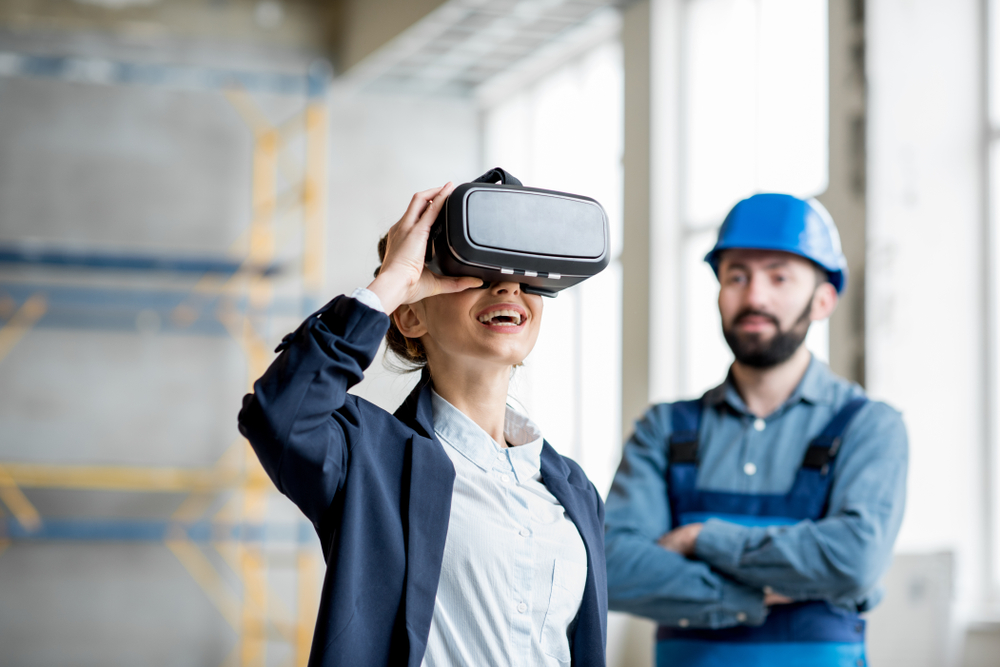
Creating effective eLearning programs involves incorporating simulations and interactive experiences that engage learners and enhance retention. But it’s crucial to strike a balance between an engaging eLearning experience and avoiding unnecessary flashy design. Understanding your audience, budget, and business objectives is key to determining the appropriate level of interactivity.
eLearning interactivity is typically categorised into four levels. As the level of interactivity increases, so do the development time and complexity. Knowing how to navigate these levels will help you create a successful and impactful eLearning experience.
Level one: Passive interaction
The learner reads information on the screen and navigates backward and forward throughout the course. This level of interactivity is plain, minimalist, and functional and is best for simple information.
The types of things you would expect to see at this level include text, images, diagrams, auto-played videos/animations, and the standard next and previous buttons.
Key considerations include:
- Keep these interactions short – aim for 5 minutes.
- Unlock navigation – let learners get in and out
- Use for short updates or ‘just in time’ references
Level two: Limited interactivity
Mostly the same as level one, but the learner can also interact with multiple-choice exercises, pop-ups, simple animations, and the occasional drag-and-drop activity.
Specific examples include interactive timelines, drag-and-drop activities like matching, sequencing, application simulations that follow a procedure or process, quizzes, interactive games/stories, and audio narration.
Key considerations include:
- You can generally push out your running time with more interaction. Aim for 5-15 minutes.
- Get the learner to interact with the screen every 3 – 4 slides. This assists in maintaining interest and reducing boredom.
Level three: Complex interactions
Level three interactions are the same as level two, but learners can now enter data (text or numbers), and calculations in response to learning activities.
Scenario-based branching logic is introduced at this level, including actions and consequences. Branching logic allows the learner to experience penalties for incorrect responses, and their progress is determined by their decisions.
Simulations fall into this level as well and offer a safe space for learners to practice and make mistakes, enhancing their learning experience.
360° images can also add an exciting layer of interactivity and immersion to eLearning courses. Whether you’re creating virtual tours, interactive panoramas, or exploratory activities, these images can engage learners in a whole new way.
Other complex interaction examples include viewing videos and identifying faults, advanced quizzing, and problem-solving activities.
Level four: Virtual reality and real time
Level four interactions include enhanced gaming technology, real-life 3D simulations, virtual/augmented reality, interview/interrogation simulations with extensive feedback and multiple branching options, interactive spreadsheets, solving a mystery, and interacting with a virtual product.
Virtual reality in eLearning involves the use of 3D environments and simulations to provide hands-on experiences. For example, in medical topics you can practice surgeries in a virtual operating room, while in engineering, you can explore complex machinery without physical constraints.
Virtual reality also supports collaborative learning, allowing students to work together in virtual spaces, share ideas, and solve problems collectively. Immediate feedback from interactive modules helps learners to understand concepts more deeply and correct mistakes in real-time.
While virtual reality in eLearning offers significant benefits, it also presents challenges, for example:
- Cost: High-quality equipment and applications can be expensive, making it less accessible.
- Health concerns: Prolonged use of virtual reality can cause eye strain, motion sickness, and other health issues.
- Development time: Developing and maintaining virtual reality content is complex and time-consuming.
- Resource intensive: Requires significant human and technological resources to maintain and update content.
- Learning curve: Both learners and developers need time to adapt to using virtual technology effectively.
Level four interactions can look impressive and be high-tech but you need to carefully consider if they will produce a meaningful learning experience.
What should I aim for in my module?
For most eLearning projects, the ‘sweet spot’ is a level of interaction between levels two and three. This is usually achievable in terms of time, money, and resources and will give you a quality output that addresses most learning gaps.
This doesn’t mean that you will never use level one or level four interactions. Remember, the appropriate level comes down to your specific project and answers to the following questions:
- Who are your learners?
- What are the expected learning outcomes?
- What skills or knowledge should learners acquire by the end of this module?
- Are you aiming to provide information, facilitate simple tasks, or develop complex skill sets?
Where to go for interactivity inspiration?
You could also visit E-Learning Heroes and search for various types of interactions.
Another great place to start is the E-Learning Challenges page where people in the community submit examples of how they are using Articulate tools to create incredible interactions.
